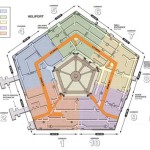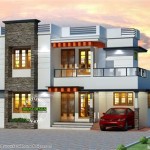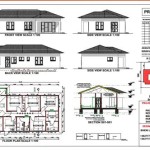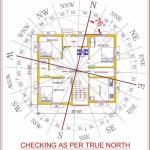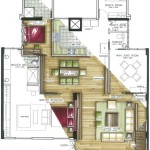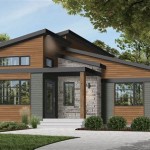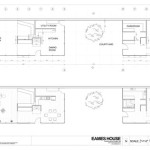Essential Aspects of House Plans for Cottages in Zimbabwe
Cottages, characterized by their charming and rustic appeal, are increasingly popular in Zimbabwe. Designing a cottage requires careful consideration of specific aspects to ensure functionality, comfort, and aesthetic appeal. Here are some essential elements to keep in mind when planning a cottage in Zimbabwe:
1. Size and Layout:
Cottages are typically smaller than average homes, with a compact and efficient layout. The size should be determined by the number of occupants and the intended use. A well-planned layout maximizes space utilization, providing adequate living areas, bedrooms, and storage.
2. Materials:
Cottages in Zimbabwe often incorporate local materials, such as stone, wood, and thatch. These materials provide a sense of authenticity and complement the surrounding environment. Stone and wood offer durability, while thatch adds thermal insulation and a traditional touch.
3. Climate:
Zimbabwe's subtropical climate is characterized by hot summers and mild winters. House plans should incorporate design features to regulate temperature. Large windows and verandas allow for natural ventilation and cross-breezes. Roof overhangs provide shade and reduce glare.
4. Energy Efficiency:
Incorporating energy-efficient measures into cottage plans is crucial. Proper insulation, efficient lighting, and solar panels can reduce energy consumption. Rainwater harvesting systems can supplement water supply, promoting sustainability.
5. Outdoor Living:
Cottages often feature generous outdoor spaces. Verandas, patios, and gardens extend living areas and provide a connection to the surroundings. Outdoor seating, fire pits, and barbecue areas enhance entertainment and relaxation.
6. Aesthetics:
Cottage designs typically embrace a rustic and charming aesthetic. Exposed beams, stone walls, and thatched roofs add character. Neutral color schemes and natural textures create a cozy and inviting atmosphere.
7. Local Context:
Respecting the local context is essential when designing cottages in Zimbabwe. Consider the architectural heritage, cultural influences, and community values. Incorporating traditional elements or collaborating with local artisans adds authenticity and enhances connectivity.
8. Flexibility:
Cottages should be designed with flexibility in mind. Adaptable spaces can accommodate changing needs over time. Modular designs allow for future expansion or reconfiguration. Open-plan living areas provide versatility for various functions.
9. Cost-Effectiveness:
Budget constraints are a significant factor in house planning. Choose cost-effective materials and construction methods. Prefabricated components or standardized designs can reduce both time and expense.
10. Professional Assistance:
Consider consulting with an architect or designer to ensure a well-executed cottage plan. Professionals can provide expertise in design, materials selection, and construction techniques. They can optimize functionality, comfort, and aesthetics within the specific context of Zimbabwe.
By carefully considering these essential aspects, you can create a charming and livable cottage in Zimbabwe that meets your needs and reflects the local environment. With proper planning and execution, your cottage will be a timeless haven of comfort and authenticity.

2 Bedroomed Cottage Design Om City Designs

Ctg 01 2 Bedroomed Plan Zimbabwe Building Materials Suppliers

Modern 2 Bedroom Cottage Plan Palmer Construction Zimbabwe

3 Bedroom Cottage House Plan Roof Palmer Construction Zimbabwe

Ctg 04 2 Bed Cottage House Plan Zimbabwe Building Materials Suppliers

Cottages Plans Zim Homes

Cottage Plans Zimbabwe

2 Bedroom Cottage Plans English House Zimbabwe For Cottages In Small Floor Design

8 Zim House Plans Ideas How To Plan

3 Bed Cottage House Plan Flat Roof Palmer Construction Zimbabwe

